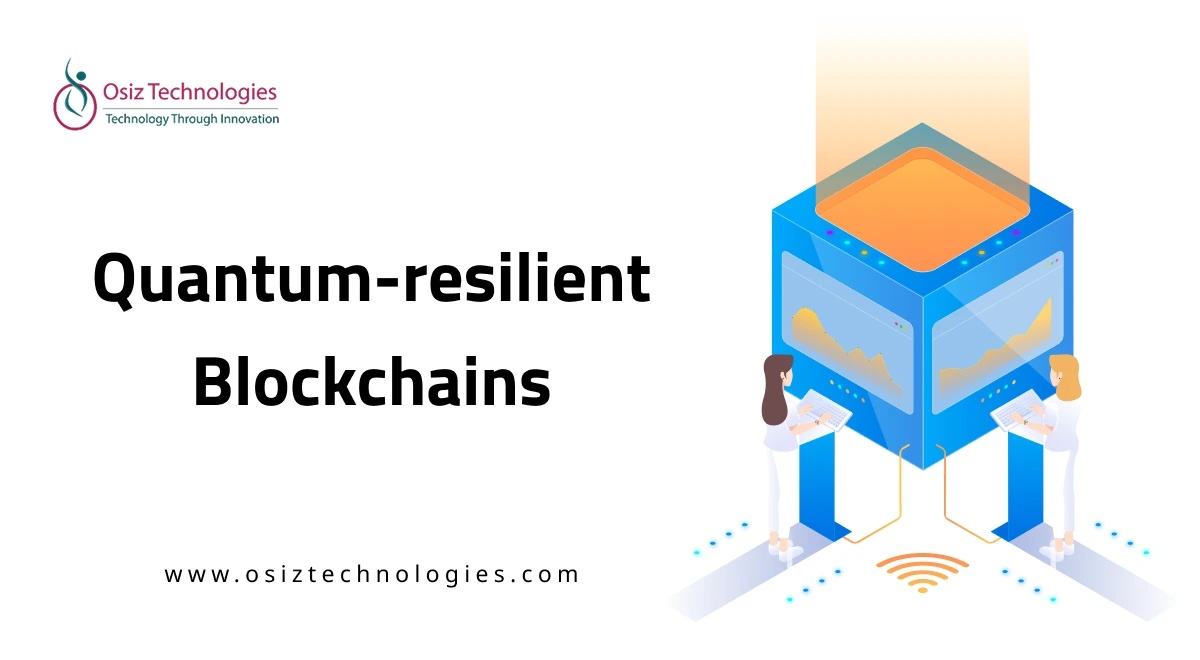In today's cyber landscape, digital security is more important than ever since businesses rely largely on online operations. According to the Global Bot Security Report, 65% of businesses are vulnerable to basic bot attacks, with only 8% fully protected, placing them at risk for data breaches and fraud. Bots are quickly evolving, bypassing standard security safeguards and posing a threat to enterprises of any size. Advanced bot prevention is vital for improving cybersecurity. In this article, we'll look at Bot Protection: A Key to Strengthening Cybersecurity.
What is Bot protection?
Bot protection is a set of security mechanisms that detect and prevent malicious bots from accessing, exploiting, or damaging a website, application, or net. Bots are automated programs that can scrape data, attempt login attempts, spam, and execute Distributed Denial of Service (DDoS) attacks. Bot protection measures often include the deployment of firewalls, CAPTCHA challenges, rate restrictions, and machine learning algorithms that monitor user behavior patterns to distinguish between human and bot traffic. Bot prevention reduces risks, protects data integrity, and maintains the overall health of online platforms.
Types of Bots
Bots are automated programs made to execute a variety of activities over the internet. Bots are separated into several types, each with a unique function.
-
Web Crawlers: These bots scan mechanisms and index websites for search engines, allowing search engines such as Google to rank web pages based on relevant searches. They play an important role in making content discoverable.
-
Chatbots: These bots are most commonly used for customer support; they engage with consumers in actual time, responding to queries, offering information, and assisting with tasks such as booking or troubleshooting.
-
Social Bots: These bots engage with social media networks, automating actions such as publishing content, following accounts, and even starting debates. They can, however, be used to detect potentially harmful behaviors such as distributing bogus news or spamming users.
-
Malicious Bots: Malicious bots, which are designed to cause harm, are utilized in cyberattacks such as Distributed Denial of Service (DDoS), data scraping, credential stuffing, and more. These bots might disrupt website functionality on each and every side and steal critical data.
How Does Bot Protection Work?
Bot protection aims to detect and stop malicious bots while permitting normal traffic. Businesses can efficiently protect their internet presence by implementing a variety of tactics.
Bot Protection Techniques:
-
IP Allowlist and Blocklist: The technique entails keeping a list of trusted (allowlist) and questionable (blocklist) IP addresses. Businesses can prevent known harmful bots from accessing their sites while allowing reputable ones to do so.
-
Static Signature Detection: This approach detects bots by comparing incoming traffic to known bot signatures, which are the patterns that bots use. Once a match is identified, the bot can be stopped or flagged for further investigation.
-
Behavior Analysis: Businesses can detect bot activity by analyzing user behavior. Bots, for example, frequently do actions faster than human users, such as quickly clicking or completing forms. Behavior analysis helps in identifying human users from bots.
-
Challenge-Based Verification: This includes approaches such as CAPTCHA tests and puzzle-solving difficulties. These tasks are intended to be simple for humans to solve yet tough for bots to complete, ensuring that only authentic users have access.
-
Evaluating Bots with Bot Score: The bot score assesses the possibility that a user is a bot using a variety of criteria, including IP reputation, device fingerprints, and traffic behavior. A higher score implies a greater likelihood that the traffic is from a bot, triggering automated measures such as banning or presenting additional challenges.
Benefits of Effective Bot Protection
-
Reduced Cyberattack Risk: Reduces threats such as DDoS, credential stuffing, and account takeovers, increasing security.
-
Improved Website Performance: mainly focus and block malicious bots, optimizing site performance for legitimate traffic.
-
Fraud Prevention: Protects sensitive data and transactions, minimizing fraud risks.
-
Regulatory Compliance: Ensures conformance to cybersecurity regulations such as GDPR.
-
Cost Efficiency: Prevents fraud and downtime, saving operational costs.
Future of Bot Protection
As bot attacks get more sophisticated, innovative machine learning algorithms and AI-driven solutions will be critical to bot prevention. These technologies will improve real-time threat detection by discriminating between human and bot traffic more precisely. Also, behavioral analytics and dynamic rate-limiting will play important roles in combating advanced bot techniques. Bot mitigation automation will let enterprises to respond more quickly, thereby boosting their cybersecurity posture.
Conclusion
Bot protection is critical for maintaining strong cybersecurity and protecting sensitive data from emerging threats. Businesses can efficiently combat bot attacks by employing advanced technology such as artificial intelligence and machine learning. If you're looking for the correct business bot protection, Osiz is the best option. As a reputable cybersecurity company, we offer A to Z Bot Protection solutions to keep your organization secure.
Listen To The Article
Recent Blogs

Black Friday 30%
Offer












